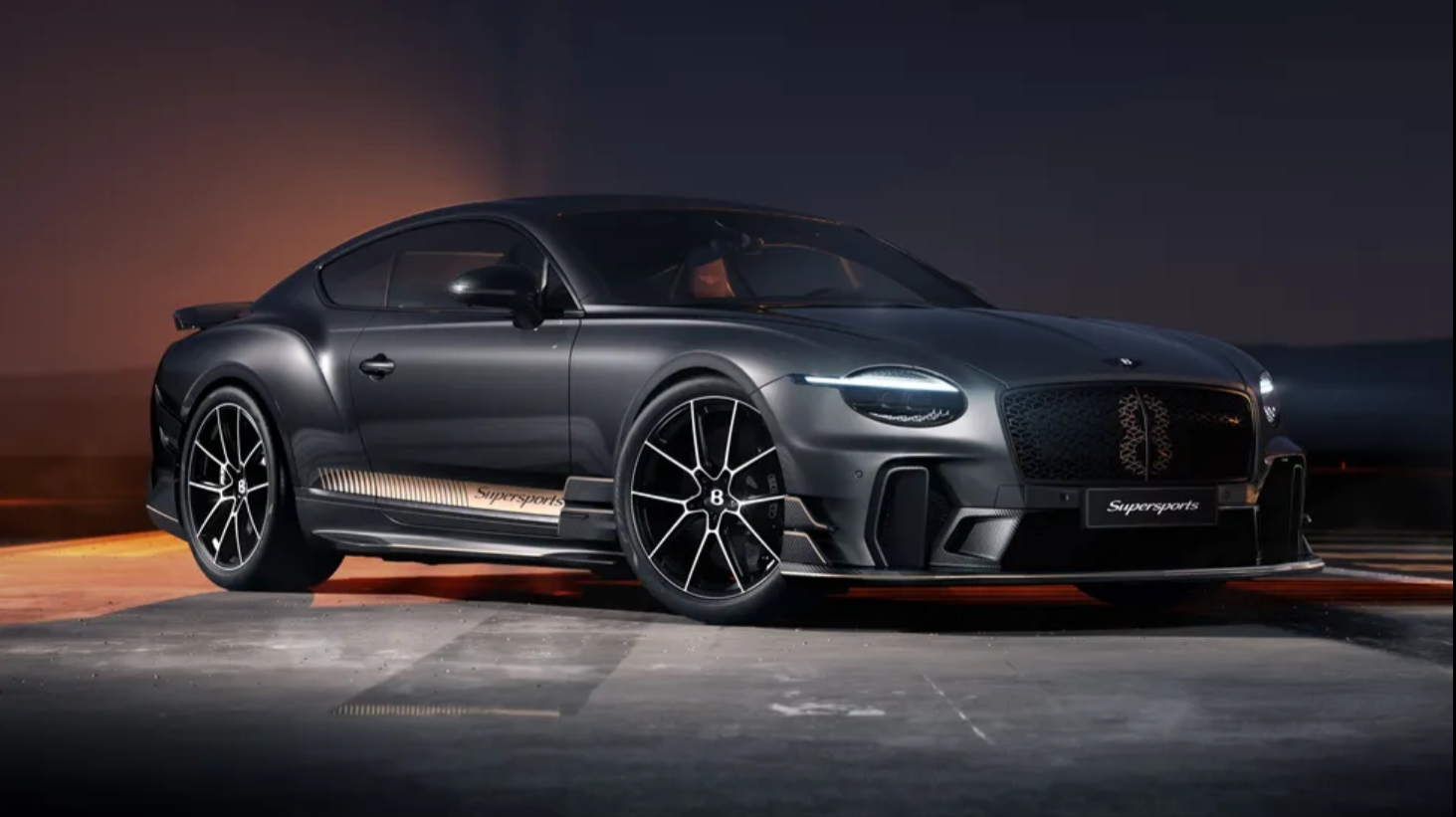Unless you've been living under a rock, the Detroit Motor Show last week hosted the arrival of a new Ford Mustang. The Blue Oval pony car soldiers on to its seventh-generation model with a good ol' internal combustion engine underneath its hood, the fourth generation of the Coyote V8. For fans and enthusiasts alike, this is good news, and they have to thank the Mustang Mach-E for that.
As we all know, the Mustang Mach-E all-electric crossover doesn't share anything with the pony car except for the badge. However, its nature as an EV plus strong sales enabled Ford to keep the ICE-powered Mustang alive.
That bit of information came from Ford's CEO himself, Jim Farley, while speaking to CNBC. According to Farley, the Mustang Mach-E is a big reason why Ford was able to continue with a new gasoline-powered Mustang.
Of note, the Mustang Mach-E has been selling well since its introduction in 2020. This way, Ford garnered enough regulatory credits for the company to have flexibility when it comes to its lineup offerings. Other carmakers had to buy credits from those with more than enough of them, such as Tesla, which sells credits as a direct profit.
"The Mustang Mach-E, in a way, created, allowed this car to happen," Farley told CNBC. "Competitors are buying credits for emissions, and they can’t come out with this kind of vehicle."
By competitors, Farley meant Dodge and Chevrolet. Dodge has already announced its last hurrah with a bunch of Last Call versions for its muscle car duo that will pave the way for the next-generation, all-electric Challenger and Charger.
Meanwhile, Chevrolet hasn't confirmed so yet but all signs point to the direction that the automaker is killing the nameplate after the 2023 model year. There's even a report that an electric sedan will serve as a replacement, but we're not holding our breath for that one.
Source






.jpg)


.jpeg)

.jpeg)
.jpeg)

